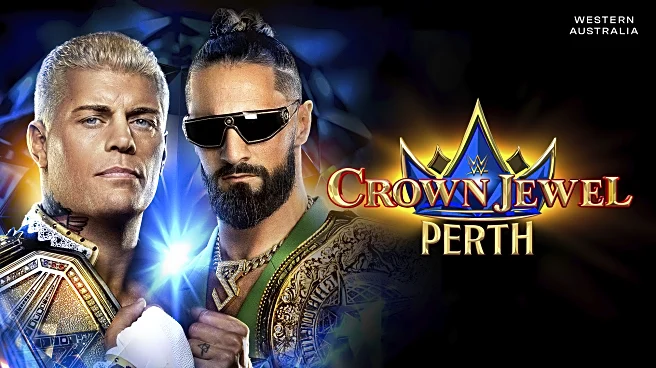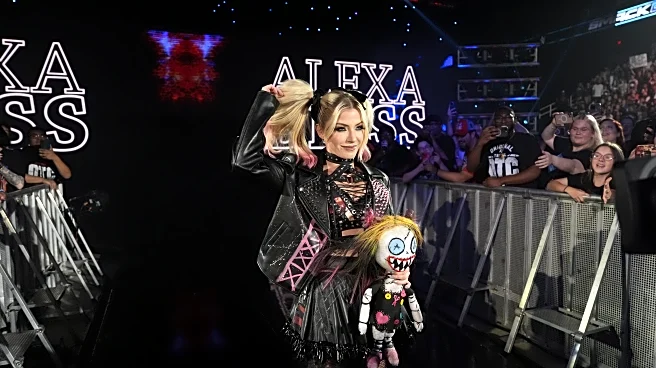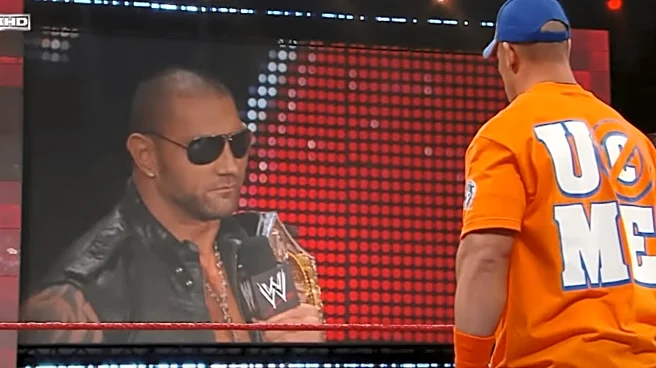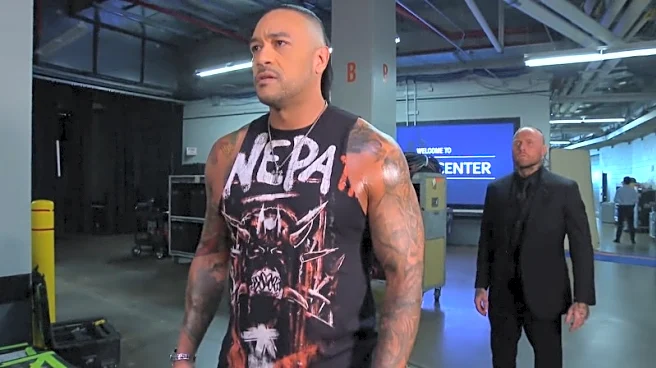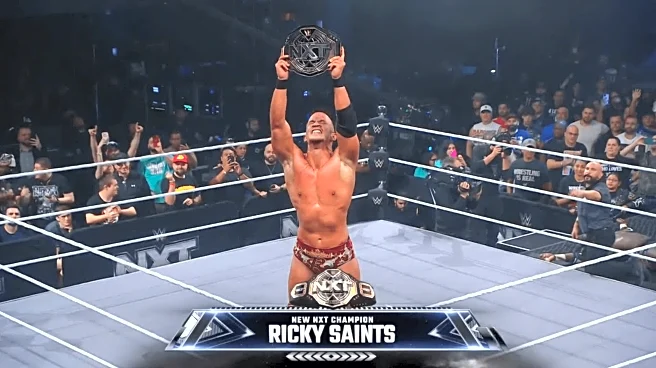When I studied journalism, my teachers hammered home one rule: write at a ninth-grade level. The goal wasn’t to dumb things down. Instead, it was to make sure the message was clear and easily understood by a general audience.
While the approach could vary depending on the audience, simplicity was always encouraged for the general public.
Over time, I’ve found that this strategy applies not just to writing, but to nearly every aspect of life — which is why the mantra K.I.S.S. (Keep It Simple, Stupid)
still resonates with me.
Anyone who has ever received a medical diagnosis can probably relate. Doctors often use complex terms and confusing acronyms, speaking to you as if you were a fellow medical professional rather than explaining your condition in layman’s terms.
One shouldn’t need a dictionary — or a medical degree — to understand what’s happening to their own body.
Oddly enough, the same principle applies to something as far removed from journalism and medicine as pro wrestling. The simpler it is, the better it lands with the audience. When you overcomplicate a character, match, or storyline, people tune out.
But when those elements are direct, emotional, and easy to follow — that’s when it clicks.
And no one proved that better than “Stone Cold” Steve Austin.
Person A: Who’s Steve Austin?
Person B: He’s a trash-talking, beer-drinking redneck who don’t take crap from anyone.
Person A: What’s his deal?
Person B: His boss keeps messing with him — holding him back, screwing him over. Total power trip.
Person A: So what did Austin do?
Person B: Told him off. Straight up said, “I ain’t gonna do things your way. Nobody tells ‘Stone Cold’ Steve Austin what to do, and that’s the bottom line.”
Person A: And the boss?
Person B: Classic response: “We can do this the easy way or the hard way.”
Person A: Let me guess — Austin chose the hard way?
Person B: Oh yeah. Then he kicked his boss’ ass and got arrested.
Person A: When’s this show on and what channel?
Sometimes wrestling gets too complicated or too watered down. Either one can alienate a general audience, even if it appeals to a niche. The magic happens when the story hits that sweet spot — accessible, emotional, and universally relatable.
Right now, I’d argue the best story in WWE involves Asuka, Kairi Sane, Iyo Sky, and Rhea Ripley.
So, what’s the story?
Asuka, the veteran, helped Kairi and Iyo get their career start. In their culture, Kairi and Iyo should be deferential to Asuka. For years, Asuka didn’t care about that tradition — until now.
Suddenly, she wants control. She sees Iyo thriving on her own and wants to pull her back in line. Kairi, lacking Iyo’s spark, reluctantly sides with Asuka — including putting the boots to Iyo last Monday on Raw.
Caught in the middle is Rhea Ripley — Iyo’s rival turned friend — who’s pushing Iyo to stand on her own.
What makes it unique is that half the story unfolds in Japanese, the trio’s native language. Asuka, Kairi, and Iyo could be swapping cooking tips for all anyone knows. But the delivery and emotion cut through. With just enough English mixed in, plus expressive body language, tone, and facial cues, the audience gets it: this is a story about jealousy, control, and betrayal.
It’s Mean Girls meets Romeo and Juliet, told through a wrestling lens that taps into universal emotions.
Simple.
That’s why it works. That’s why it’s WWE’s best storyline.





